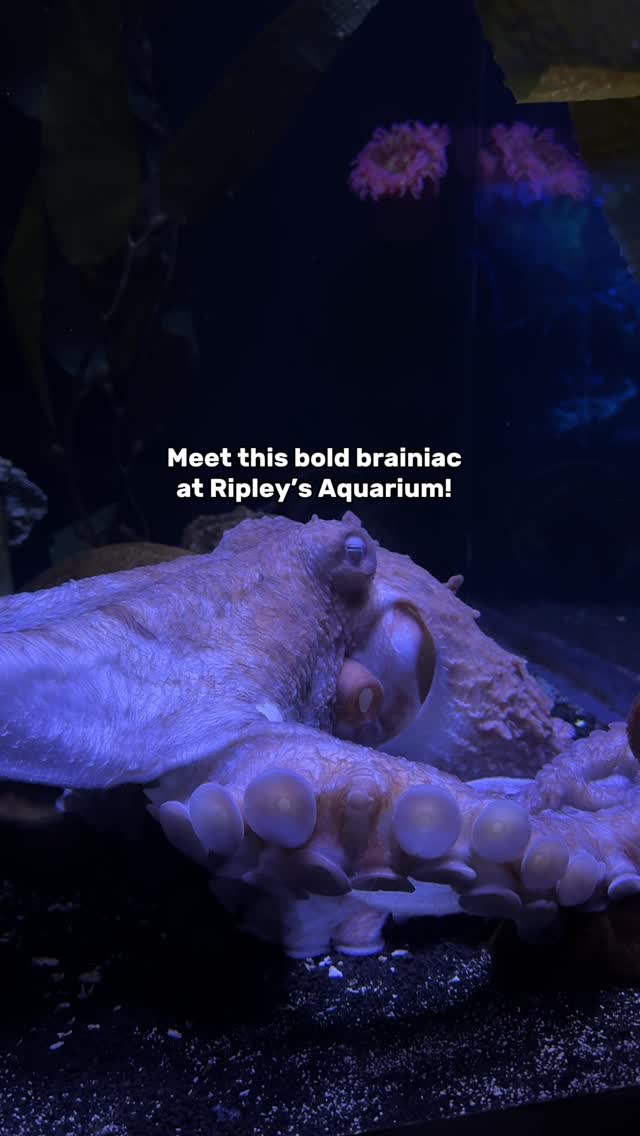- The anatomy of the giant Pacific octopus, highlighting its unique nine-brain system.
- Cognitive abilities and intelligence, demonstrating its problem-solving skills and adaptability.
- Ecological importance and role in marine ecosystems.
- Conservation challenges and strategies to protect the giant Pacific octopus.
- Insights into their reproductive behaviors and lifecycle.
The giant Pacific octopus, scientifically recognized for its exceptional physiology, captivates marine biologists and ocean enthusiasts alike. This remarkable creature is equipped with a complex neurological system that features nine brains: a central brain that coordinates overall functions and eight auxiliary brains, each controlling an arm independently. This distinct feature allows for unparalleled flexibility and dexterity, granting the octopus extraordinary abilities in multitasking and problem-solving.
The anatomy of the giant Pacific octopus is an evolutionary marvel. Weighing between 22 to 110 pounds and boasting an arm span reaching over 16 feet, it is the largest of all octopus species. Each arm is a powerhouse of sensory perception, equipped with numerous suction cups, or suckers, that can feel and taste their environment. These suckers are crucial for both exploration and manipulation of objects, making the octopus an adept navigator in its habitat. Its skin contains specialized cells called chromatophores, allowing it to change color and texture, a capability used for camouflage and communication.
Beyond its anatomical marvels, the giant Pacific octopus is celebrated for its intelligence. Studies have shown that they possess advanced cognitive abilities, comparable to those of some vertebrates. In controlled experiments, these octopuses have demonstrated the ability to solve puzzles, navigate mazes, and even exhibit short and long-term memory. These skills are not only vital for finding food and evading predators but also illustrate their sophisticated learning capabilities and environmental adaptability.
Understanding the ecological importance of the giant Pacific octopus requires a closer examination of its role within marine ecosystems. As a top predator, it regulates the population of species like crustaceans and small fishes, maintaining a balanced ecosystem. Furthermore, its presence is an indicator of ocean health, as it thrives in nutrient-rich environments. This octopus also serves as a key prey species for larger predators, such as sharks and marine mammals, thus supporting the broader food web.
Conservation of the giant Pacific octopus is a pressing issue, primarily due to threats from overfishing, habitat destruction, and climate change. These factors have led to a decline in octopus populations in some regions, prompting the need for targeted conservation efforts. Effective strategies include enforcing sustainable fishing practices, protecting critical habitats, and improving public awareness through educational initiatives. Research into the impact of ocean temperature changes on their life cycles is crucial, as these variations can affect breeding and survival rates.
Reproductive behaviors of the giant Pacific octopus are equally fascinating and critical to their survival. Females lay thousands of eggs, which they meticulously guard until they hatch. This process can take several months, during which the female does not eat and eventually dies shortly after the eggs hatch. This reproductive strategy ensures a higher survival rate for the offspring, although it also signifies the end of the adult’s life.
In summary, the giant Pacific octopus continues to intrigue scientists with its sophisticated anatomy, intellectual capabilities, and vital role in marine environments. As we strive to conserve this extraordinary species, ongoing research and targeted protection efforts will help safeguard its future, ensuring that it remains a vibrant part of our oceans for generations to come.
*****
Source Description
This creature is a real OCTO-veracheiver! 🐙
The giant Pacific octopus has not one, not two, but nine brains! One controls its body, and the other eight help each arm think independently. It’s no wonder they’re considered one of the smartest animals in the ocean.


